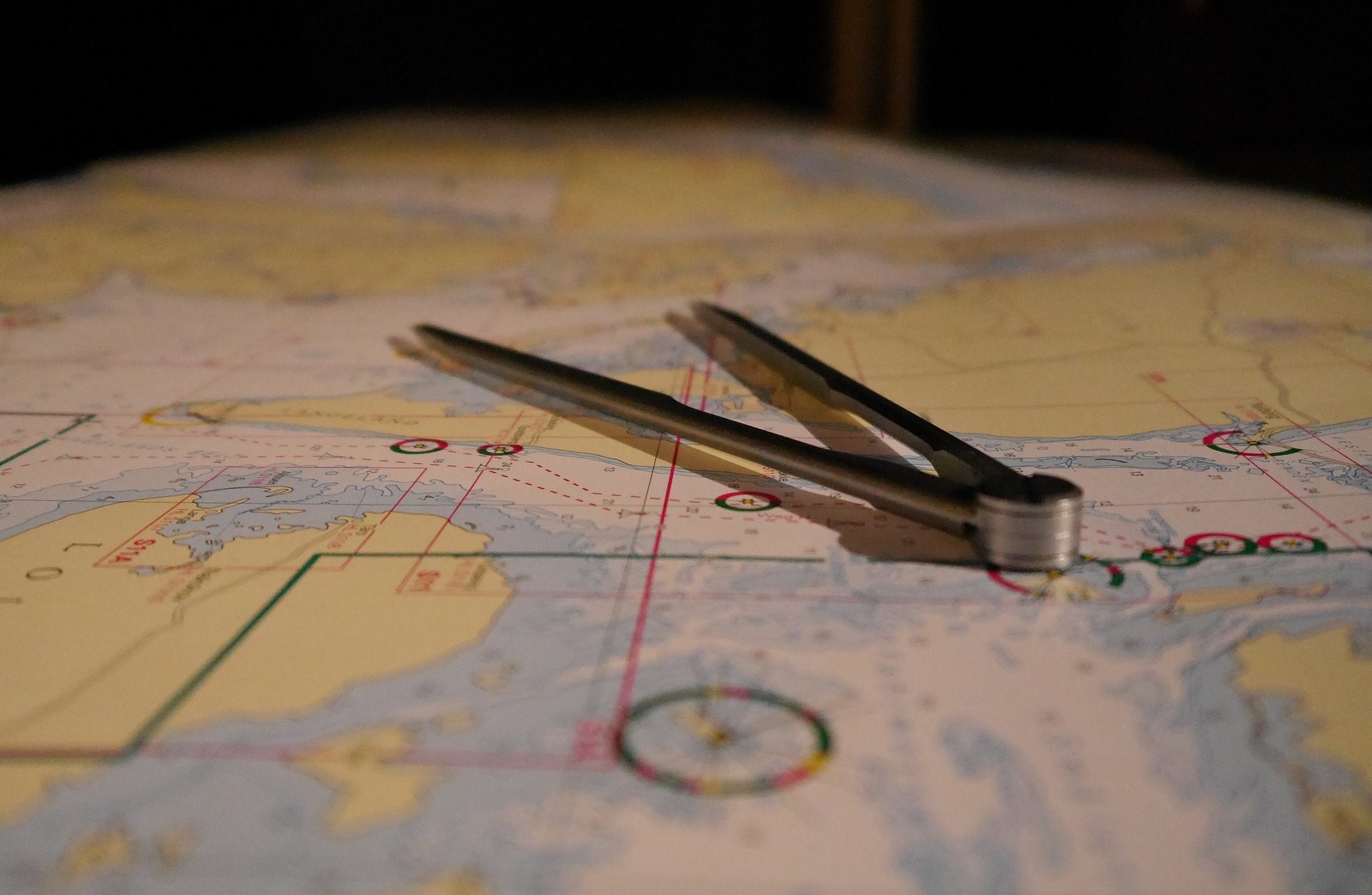By Barry Parker
The IMO’s Secretary General, Mr. Kitack Lim, had laid down the gauntlet to delegates participating in the Marine Environment Protection Committee’s MEPC 76 meetings, stresses the need to agree on the “Short Term Measures” (part of its “Initial Strategy” on Greenhouse Gases) that would guide shipping’s carbon reduction trajectory downwards by 40% through 2030.
In a Day 3 virtual session that went into the IMO’s equivalent of “triple overtime” (how else to describe a meeting meant to terminate after three hours- that went on for nearly five hours?), the MEPC adopted guidelines on EEXI (energy efficiency for existing vessels).
Guidelines on the trajectory of reducing “carbon intensity” (CII) proved to be deeply problematic. The comments from the United States delegation reflect the concerns about a trajectory not steep enough through 2025, and without specific downward targets for 2026 through 2030. Stated simply, the delegation characterized the reduction factors as “inadequate”, saying further, that the proposed course is a continuation of the business-as-usual trends for the shipping and that the proposed factors will not enable the IMO to meet the 40% reduction goals of its GHG Initial Strategy.
In the end, such objections did not win out; the MEPC agreed to accept the previously proposed “final guidance” from a working group- which left the path towards a 40% CII reduction by 2030 (spelled out in the IMO’s Initial Strategy) a little uncertain. Under the agreed way forward, in 2026 (after CII reductions of 11% compared to 2019), the MEPC will then arrive at specific CII reduction for the second half of the decade. Annex VI of the MARPOL Convention will reflect what was agreed.
Day 4 saw the beginning of discussions on Medium Term and Longer Term plans for greenhouse gas reductions from shipping, going beyond 2030. One element of the Initial Strategy, a scheme for doing research into alternative fuels and setting up an International Maritime Research and Development Board, met with more questions than answers.
Some delegations- including the United States, wondered out loud whether questions surrounding the research effort (and its funding based on a very small levy on fuel purchases) would detract from tackling bigger picture issues, of reducing shipping’s carbon emissions by 50%, compared to 2008 levels, by 2050. After a one hour discussion, it was decided to continue the discussion at the next MEPC meeting (MEPC 77, tentatively scheduled for mid-November, 2021 tentatively overlapping with the Glasgow Climate Change confab), though it will be grist for working groups and discussions prior.
With the idea of getting to a real plan of action to develop the medium and long-term measures (which will guide shipping towards 2050) by sometime in 2023, the MEPC has its work cut out for it. Day 4 started the process, with the MEPC chair segmented the discussion into three different categories; first- getting to a workplan (based mainly on a plan submitted by 22 countries including the United States) then- development of actual working arrangements, and finally- the discussions of a mandatory levy on carbon contained in heavy fuel oil purchases (based on a plan submitted by the Marshall Islands and Solomon Islands).
Day 5, Wednesday, saw a continuation of Tuesday’s back and forth, without any clear resolution. Many delegates stressed the urgency of starting work, rather than talking about it, but concerns arose surrounding the inclusion of assessments of the impacts on various nations in the work plan (not specifically included in the Group of 22’s proposal).
On the final day, Thursday (following some informal deliberations after the close of the Wednesday session), the delegates came up with an agreed work plan for moving forward. The proposed levy of $100/ton on carbon was full of controversy (due to its magnitude, its possible impacts on different countries) and its interplay with other “market based measures” (highly contentious to due disparate impacts, and yet to be discussed) and will be considered in the ongoing conversations prior to the November MEPC 77.
The IMO delegations are working continuously, and, indeed, there are many items to be considered (with the delays induced by the pandemic exacerbating the backlog). Two working groups will be meeting (virtually), and a correspondence group will be conferring prior to November.
So the IMO has agreed, sort of, on the initial carbon intensity targets, specific out to the mid 2020s, but with a “to be determined” trajectory afterwards. It’s a start, but provides little comfort to those looking for certainty. Everyone throughout the maritime world agrees that the energy transition will be expensive (with estimates like $3.4 Trillion with a “T”)- but the MEPC meeting saw little progress on the questions of “Who will pay?” and “How much payment per ton on which fuels?”
Again, those looking for a little bit of certainty on these issues, or even a clearly charted track avoiding all the shoals, will just have to keep waiting.
Sign up for our newsletter

 Join The Club
Join The Club











